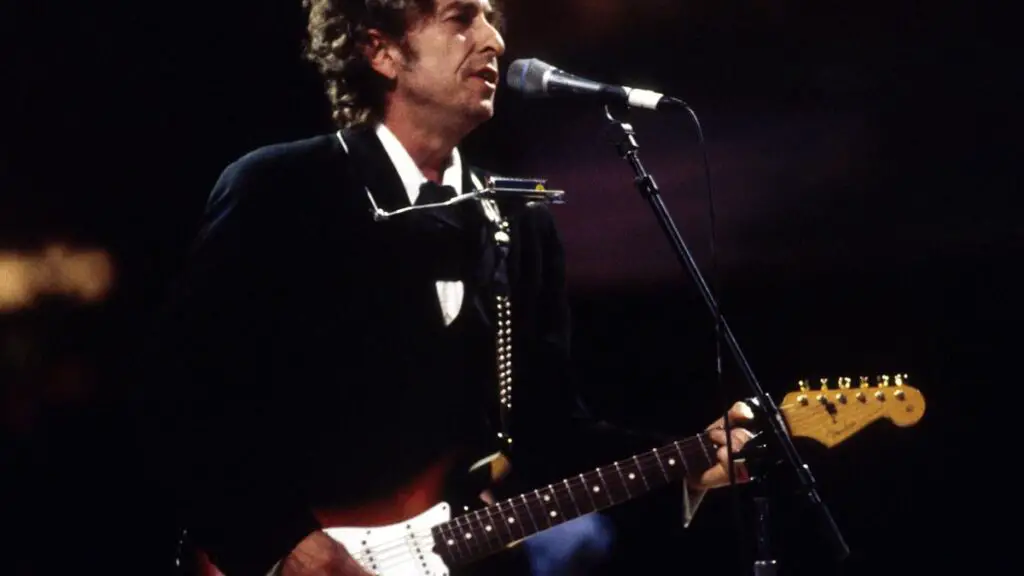The year is 1975. Bob Dylan, freshly divorced and grappling with personal turmoil, throws down a musical gauntlet: “Blood on the Tracks.” This haunting, introspective album is widely considered one of his greatest, raw with emotion and resonating with themes of love, loss, and redemption. But behind the masterpiece lies a shrouded story, a drama as gripping as the lyrics themselves.
Enter “Blood on the Tracks: The Minnesota Musicians behind Dylan’s Masterpiece” by Paul Metsa and Rick Shefchik. This intriguing book peels back the curtain on the album’s enigmatic recording process, focusing on the unsung heroes of the Minnesota sessions: the six local musicians who played a crucial role in shaping this iconic work.
From New York to the Frozen North: The book delves into Dylan’s abrupt shift from a New York recording session to a return home to Minneapolis. What drove him back? Was it the raw honesty of the Minnesota music scene, a stark contrast to the industry polish of New York? Perhaps, as the book speculates, it was the chance to collaborate with trusted friends and confidantes, musicians who truly understood his artistic vision.
Six Unsung Heroes: Despite their significant contribution, these talented musicians were initially shrouded in anonymity, absent from the album’s credits. It wasn’t until 2018 that they received the recognition they deserved. “Blood on the Tracks: The Minnesota Musicians” shines a light on their stories, weaving personal anecdotes and insights into the recording process. We hear how violinist Kevin Odegard inspired the iconic melody of “Tangled Up in Blue,” how keyboardist David P. Landau navigated Dylan’s unconventional song structures, and how the entire band responded to the emotional intensity of the lyrics.
Beyond the Music: The book is much more than just a chronicle of recording sessions. Metsa and Shefchik weave a tapestry of Dylan’s state of mind during this period, using interviews with friends, colleagues, and music critics to piece together the emotional backdrop of the album’s creation. We see glimpses of a vulnerable Dylan, wrestling with personal demons and finding solace in his music.
A Fresh Perspective: While an interview with Dylan himself would have been the ultimate coup, the book’s strength lies in its unique perspective. By focusing on the Minnesota musicians, it offers a fresh angle on an already well-trodden path. It’s a story of friendship, loyalty, and the transformative power of music, set against the backdrop of a cultural icon’s emotional rollercoaster.
For fans of Dylan and anyone intrigued by the creative process, “Blood on the Tracks: The Minnesota Musicians behind Dylan’s Masterpiece” is a must-read. It’s a deep dive into an iconic album, offering new insights, forgotten stories, and a renewed appreciation for the collaborative magic that lies beneath the surface of a masterpiece. So, grab your headphones, crank up “Blood on the Tracks,” and prepare to be captivated by the secrets behind this timeless work.

